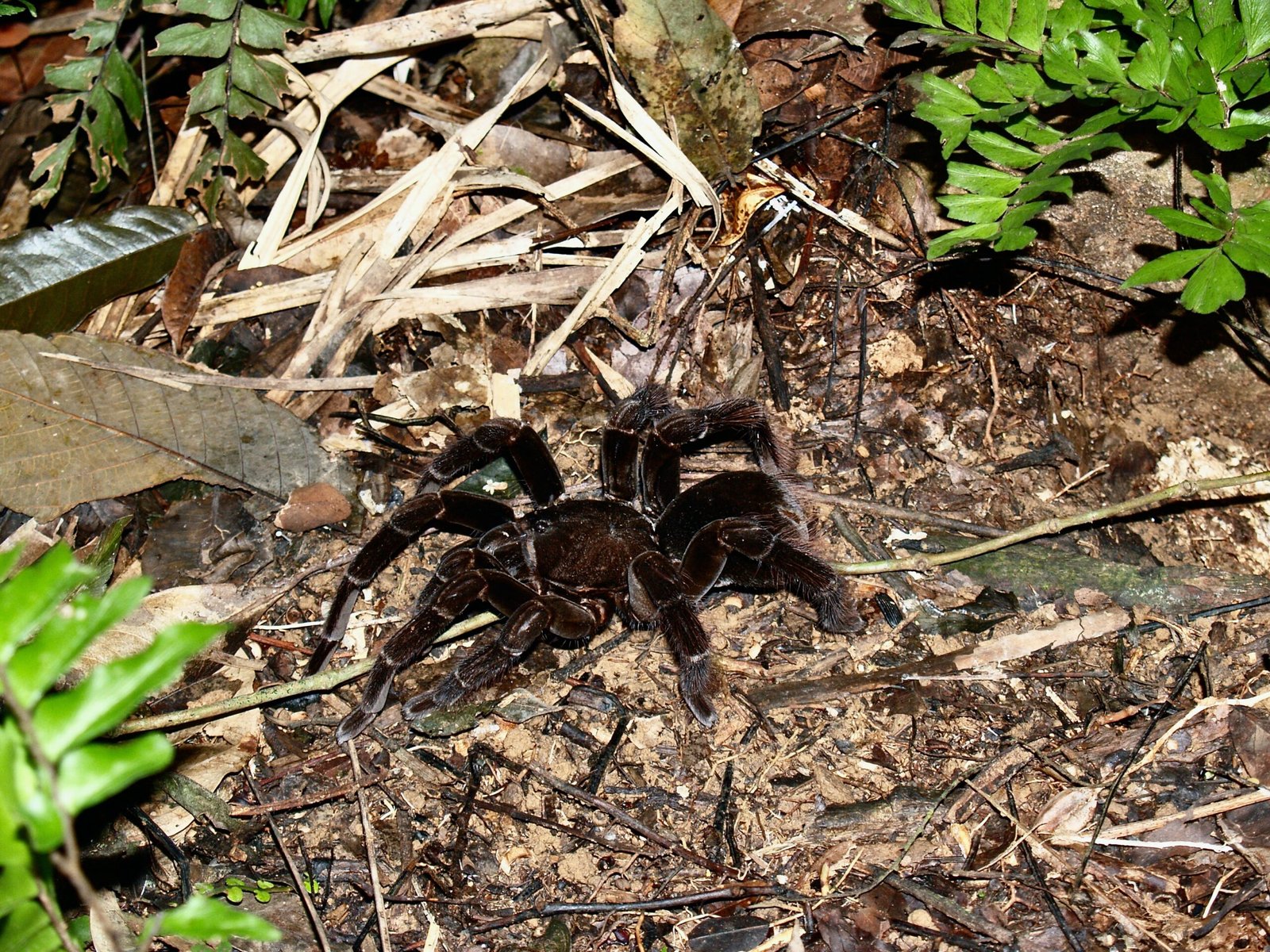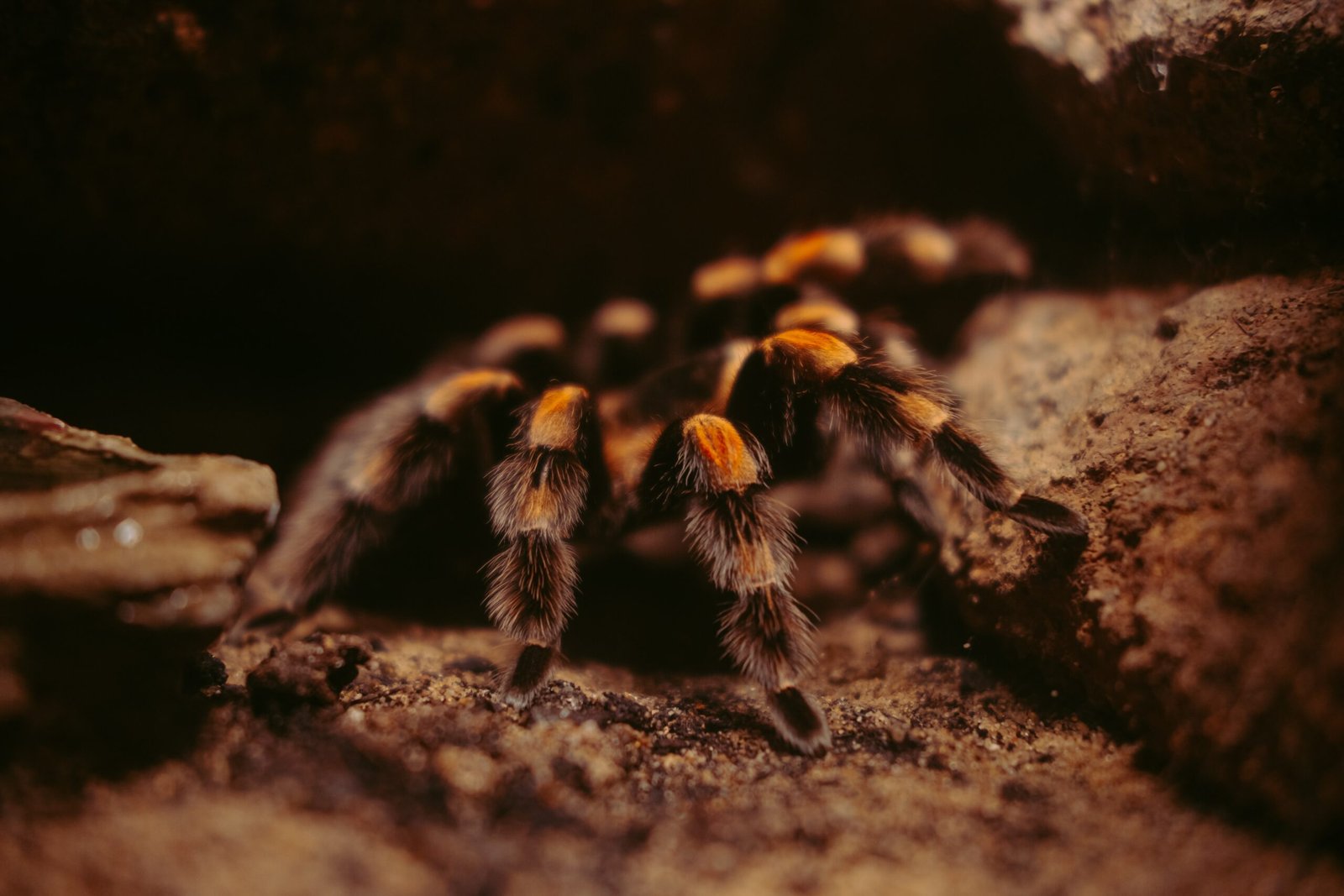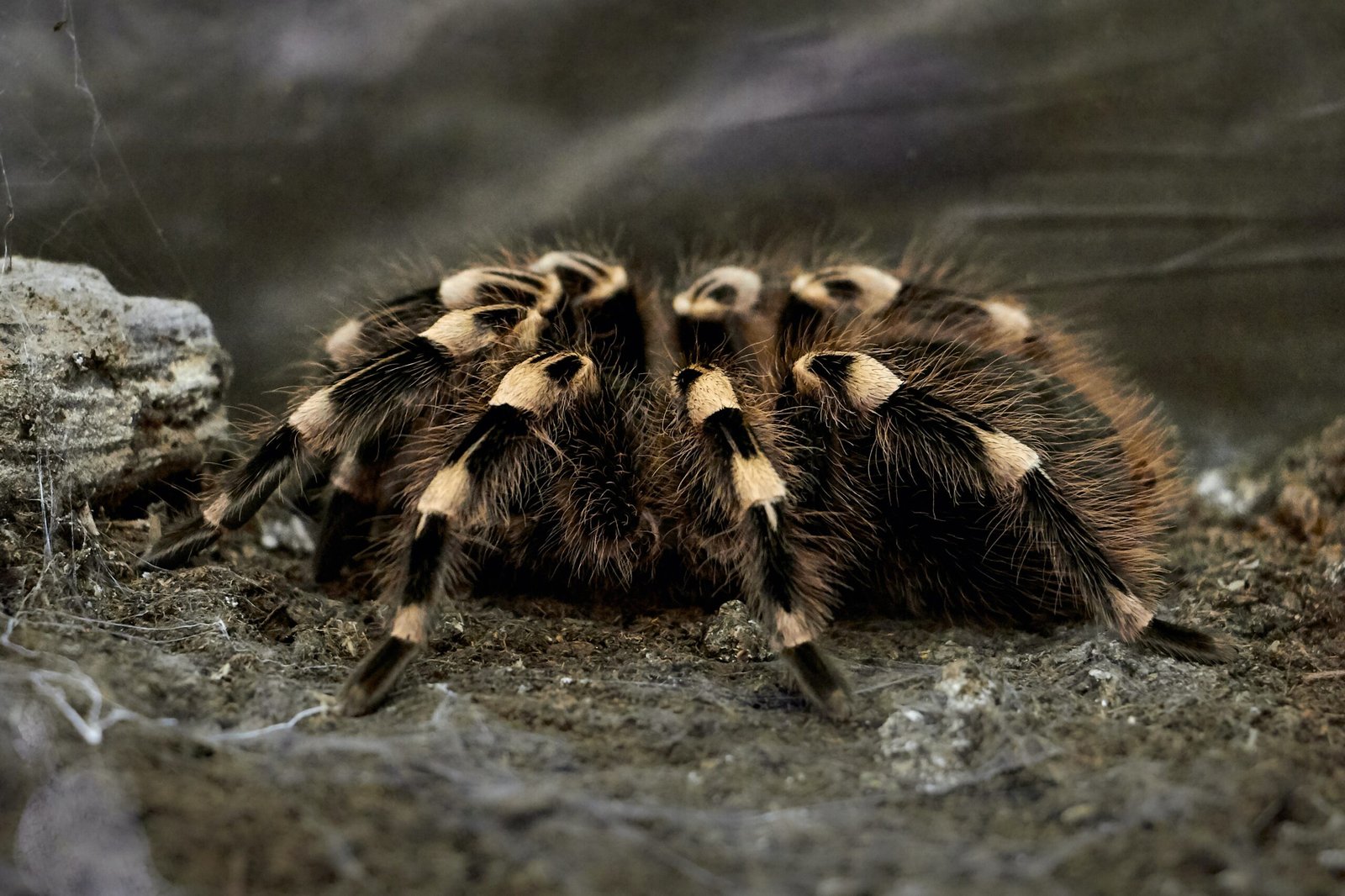Tarantulas have long been a popular choice for arachnid enthusiasts looking to keep these captivating creatures as pets. But have you ever wondered how long they actually live in captivity? In this article, we will explore the lifespan of various tarantula species, shedding light on the fascinating world of these eight-legged wonders and offering insights into their longevity under human care. Whether you’re a seasoned tarantula owner or simply curious about these intriguing spiders, this article will provide you with the knowledge you seek. So, prepare to embark on a journey through the lifespan of different tarantula species in captivity.

Tarantulas in Captivity
Tarantulas are fascinating creatures that captivate the hearts of many arachnid enthusiasts. Keeping tarantulas in captivity offers numerous benefits, both for the tarantulas themselves and for the people who care for them. In this article, we will explore the factors that can affect a tarantula’s lifespan in captivity, as well as the lifespan ranges of common tarantula species.
Benefits of Keeping Tarantulas in Captivity
There are several advantages to keeping tarantulas in captivity. Firstly, it allows for the study and observation of these creatures up close. By maintaining a controlled environment, individuals can closely monitor their behavior, feeding habits, and overall health. This not only provides valuable insights into tarantula biology but also offers a unique opportunity for education and research.
Secondly, captive tarantulas are protected from the harsh realities of the wild. In their natural habitats, tarantulas face various threats, such as predators, habitat destruction, and climate change. By providing a safe and secure environment, individuals can help ensure the long-term survival of tarantula species.
Furthermore, keeping tarantulas in captivity can be a fulfilling hobby. Many people find joy and relaxation in caring for these unique creatures. Tarantulas require minimal space and maintenance, making them a convenient choice for individuals who may have limited resources or time. Their low-maintenance nature, combined with their beauty and intrigue, makes them a popular choice among pet enthusiasts.

Factors Affecting Lifespan
While tarantulas can live for quite a long time in captivity, several factors can influence their lifespan. Understanding and addressing these factors is crucial for ensuring the well-being and longevity of captive tarantulas. Let’s explore some of the key factors that can affect a tarantula’s lifespan.
Environmental Factors
Creating a suitable habitat is essential for the health and longevity of captive tarantulas. Factors such as temperature, humidity, and lighting play a crucial role in their overall well-being. Tarantulas have specific environmental requirements depending on their species, and it’s vital to replicate these conditions as closely as possible. Providing the appropriate substrate, hiding spots, and a secure enclosure will help simulate their natural habitat, reducing stress and promoting a healthier lifespan.
Feeding and Nutrition
Proper nutrition is vital for the overall health and longevity of tarantulas. In captivity, tarantulas are typically fed a diet of live insects, such as crickets or roaches. It’s essential to provide a varied diet to ensure that tarantulas receive all the necessary nutrients. Overfeeding can lead to obesity and other health issues, while underfeeding can result in malnutrition and a compromised immune system. Finding the right balance and monitoring their feeding habits is key to maximizing their lifespan.
Genetics
Genetics also play a significant role in a tarantula’s lifespan. Just like humans, some tarantulas may inherit genetic predispositions to certain health conditions or shorter lifespans. Breeding practices and selecting healthy individuals can help minimize the potential impacts of genetic factors. It’s essential to obtain tarantulas from reputable breeders or sources to ensure the best chances of a long and healthy lifespan.

Common Tarantula Species and Their Lifespan
Tarantula species vary greatly in terms of lifespan. Let’s explore the lifespan ranges and factors that can influence the longevity of some commonly kept tarantula species.
Grammostola rosea
Grammostola rosea, also known as the Chilean rose tarantula, is a popular choice among tarantula enthusiasts. These tarantulas have been known to live anywhere from 15 to 20 years in captivity. Factors such as proper environmental conditions, appropriate feeding, and genetic predispositions can all influence their lifespan.
Brachypelma smithi
Brachypelma smithi, commonly known as the Mexican red knee tarantula, is another sought-after species. These tarantulas have a similar lifespan to Grammostola rosea, with individuals living anywhere between 15 and 20 years in captivity. Providing the right habitat conditions and a balanced diet are key to maximizing their lifespan.
Avicularia avicularia
Avicularia avicularia, often referred to as the pink toe tarantula, is known for its striking appearance and arboreal lifestyle. These tarantulas typically live between 8 and 10 years in captivity. Ensuring proper ventilation, suitable climbing structures, and humidity levels are vital for their well-being and lifespan.
Aphonopelma chalcodes
Aphonopelma chalcodes, commonly called the desert blond tarantula, can live for around 20 years in captivity. Creating a habitat that replicates their natural desert environment is crucial for their overall health and longevity.
Phormictopus cancerides
Phormictopus cancerides, also known as the Haitian brown tarantula, has an average lifespan of approximately 10 to 12 years in captivity. Offering a properly sized enclosure with appropriate hiding spots and a balanced diet can help promote their longevity.
Poecilotheria metallica
Poecilotheria metallica, or the Gooty sapphire ornamental tarantula, is a species known for its vibrant blue coloration. These tarantulas typically live between 10 and 15 years in captivity, with proper care and suitable environmental conditions being critical for their well-being.
Pterinopelma sazimai
Pterinopelma sazimai, commonly referred to as the Brazilian blue tarantula, has an average lifespan of about 10 to 12 years. Providing the appropriate humidity levels, temperature, and a varied diet are crucial for their overall health and lifespan.
Chromatopelma cyaneopubescens
Chromatopelma cyaneopubescens, also known as the Greenbottle blue tarantula, is a visually striking species with vibrant blue and yellow coloration. These tarantulas have a lifespan ranging from 10 to 12 years in captivity. Creating a suitable habitat with proper ventilation and an enriched environment can contribute to their well-being and longevity.
Lasiodora parahybana
Lasiodora parahybana, commonly known as the Brazilian salmon pink tarantula, is one of the largest tarantula species. These tarantulas can live for approximately 15 to 20 years in captivity. Providing enough space, a balanced diet, and suitable environmental conditions are essential for their overall health and lifespan.
Theraphosa blondi
Theraphosa blondi, often referred to as the Goliath birdeater, is one of the largest tarantula species in the world. These tarantulas have an average lifespan of around 15 to 25 years in captivity. Ensuring a spacious enclosure, proper nutrition, and suitable environmental conditions are crucial for their well-being and long-term survival.
In conclusion, tarantulas can have varying lifespans in captivity, depending on factors such as environmental conditions, feeding and nutrition, and genetics. By understanding and addressing these factors, individuals can provide the best care for their tarantulas, ultimately maximizing their lifespan and ensuring their well-being. Whether you’re an avid tarantula enthusiast or someone considering keeping tarantulas as pets, providing a suitable environment and meeting their specific needs are the keys to a long and fulfilling life for these captivating creatures.

